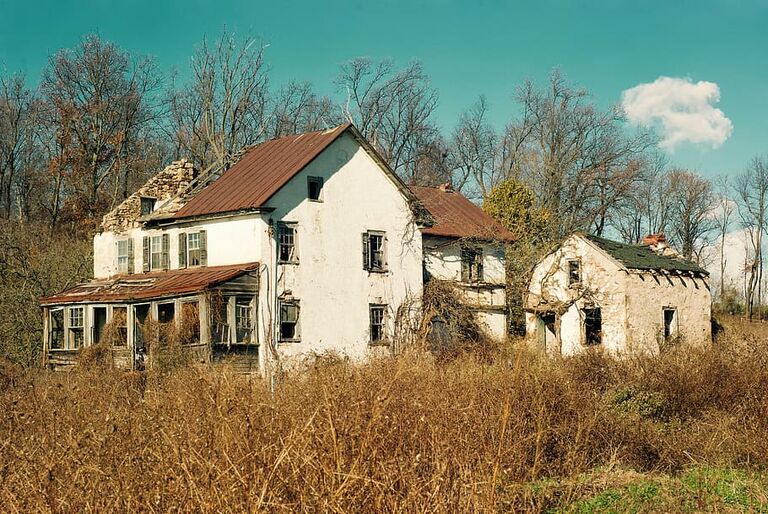The Surprising Explanation Behind Old Farmhouses Almost Always Being White
You’re driving through the countryside of Kansas, and your eye’s caught by the farms that you pass. You notice that nearly all of them feature a white farmhouse. Now you’re wondering: why did all these farmers choose to paint their houses in the same color? Well, there’s actually a reason for it — and it’ll surprise you.
Traditional farm
The white farmhouse isn’t the only thing that you’ll see a lot of as you drive along. Many of the farms you pass feature windmills — but they don’t look like the type that you’d grind corn with. Nor are they the modern sort that drive turbines to create electricity. There are also a lot of red barns. Indeed, the stereotypical American farm would have all three: a white farmhouse, a red barn and a windmill.
Many barns
Looking first at barns, we might ask why farms even have them. Well, it isn’t just to charm people from the city who’re visiting on a daytrip! They have functions that are vital to farmers. Those functions have altered over the years, with advances in machinery and practice in the world of agriculture — but some things never seem to change.
Storage space
Barns have several uses. On a dairy farm, they’re central in keeping the animals out of bad weather and as places for milking. They’re areas for storing animal feed as well. On an arable farm, they’re also used to store crops. And it may not have been the case back in the day when they were first built, but nowadays, a barn’s a good place to keep vehicles.
Milking area
Farmers haven’t always restricted barns to one of these purposes, of course. For instance, a farmer might use a barn for milking, but then they’d keep hay on the upper level to feed the cows with. Another farmer might also house their horses in the same barn that they used for milking.

